Flavor characteristics of Ecuadorian Organic Coffee beans in South America Coffee producing area
Professional coffee knowledge exchange More coffee bean information Please pay attention to coffee workshop (Weixin Official Accounts cafe_style)
Speaking of South American coffee producing areas, Panama, Colombia, Costa Rica, Brazil and so on these famous coffee producing countries can immediately come to mind for coffee lovers. In South America, Ecuador, known as the country with the highest altitude for Arabica coffee cultivation, has been quietly standing behind these coffee producing countries. Why is Ecuadorian coffee not active in the fine coffee market?
Ecuador has a very special name "Equator Country", because the whole country is crossed by the equator, also known as the Equator Country. In Ecuador, the Andes run north-south, many volcanoes, the most famous of which is the world's highest active volcano (elevation 5897m). It is also because of its low latitude, high altitude, volcanic ash soil, these fine coffee growth must have the hard conditions, so Ecuador's fine coffee, with all the necessary conditions for good coffee.
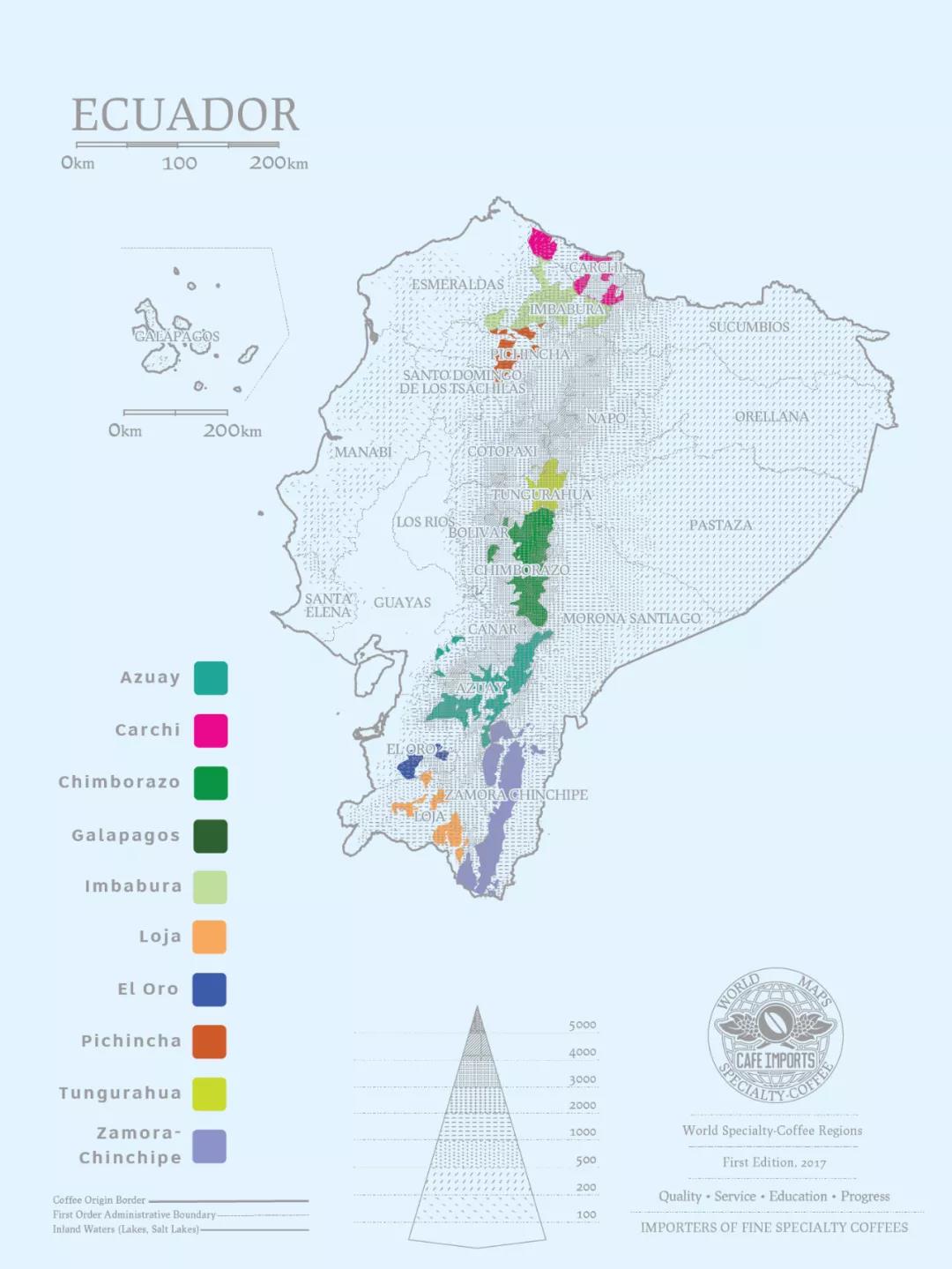
Coffee was introduced to Ecuador in the 19th century. In the 1860s, the first coffee plantations were established on the coast of Manabi province. As one of the most biodiverse countries on Earth, Ecuador's unique ecosystem is ideal for this plant to flourish, and coffee quickly became one of Ecuador's top export commodities.
It was not until the late 1920s, when the cocoa industry was threatened by disease, that coffee became Ecuador's main business. Even then, coffee remained largely an afterthought for the national economy, with coffee production falling sharply during the price crisis of the 1990s. In the early 2000s, Ecuador's economy was primarily based on oil, with less agriculture than in many other coffee-growing countries.
Recent developments in coffee cultivation in Ecuador
Ecuador is one of only 15 countries that produce both Arabica and Robusta coffee varieties. In recent years, thanks to new professional practices and the efforts of local farmers and roasters, the Ecuadorian coffee industry has taken off again. The restoration of old plantations and the replacement of old, low-yielding trees have begun to restore production in the country. Due to the international demand for high-quality coffee, this growth mainly affects Arabica coffee plantations and boutique coffee farms. As a lower-yielding variety, Arabica coffee has a lower caffeine content and is used for fine coffee. Robusta coffee, by contrast, is high in yield, high in caffeine, and only used to blend espresso and instant coffee. Although Ecuador's popular Robusta coffee variety still dwarfs Arabica coffee in terms of yield, it actually started to decline for the first time.
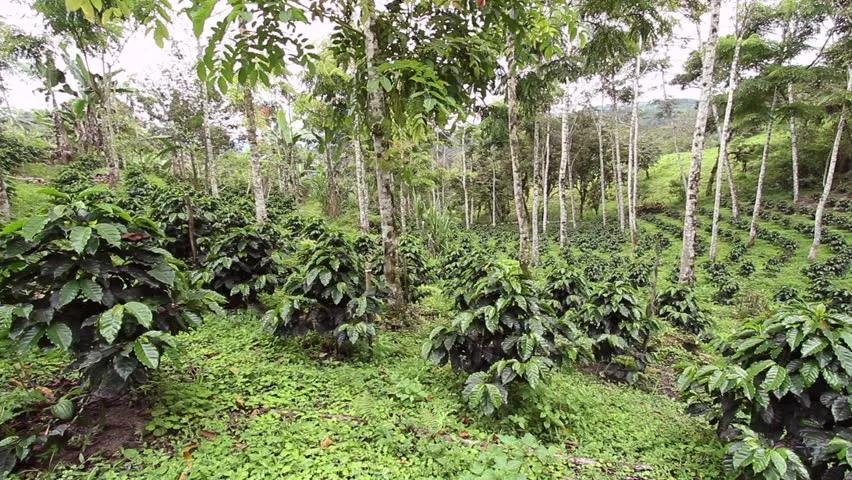
In 2016, Spyhouse Coffee's Tony Querio won first prize at the American Roast Contest for roasting the perfect Ecuadorian classic. At the 12th Gold Cup 2018 in Quito, Ecuador, Arabica coffee purchased by a South Korean company broke the previous price record in the country. It's a sign that even though Ecuador's specialty coffee production remains small compared to its neighbors, recent attention to quality is beginning to bear fruit.
Ecuador's dilemma
Selective harvesting is particularly difficult in Ecuador: coffee is harvested throughout the year because of the country's equatorial location.
The country's elevation ranges from sea level all the way up to 2000 meters above sea level-wide variations in terrain and climate, combined with specific challenges combined with its location on the equator, provide a unique but not impossible challenge. A branch usually contains all stages of the coffee development cycle: immature coffee berries, mature coffee berries, and combined rows of coffee flowers. This forces a farmer to keep picking coffee while processing it to produce enough for export, resulting in higher labor costs due to longer picking cycles.
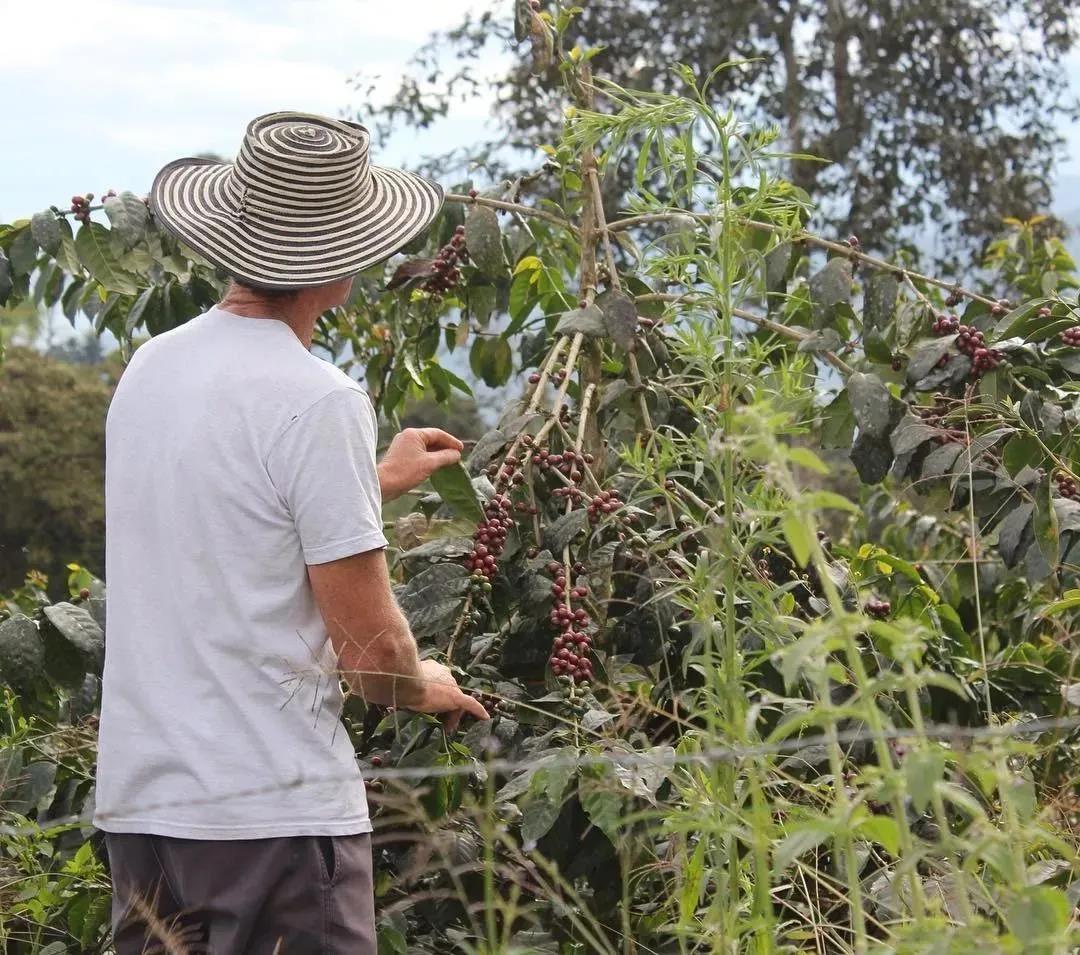
Another dilemma is Ecuador's delicate climate change.
Whether due to elevation and the equator, or jungle to the east and ocean to the west, slight climate changes can have a dramatic impact on farmland. Where fog is often seen in the morning and afternoon sun, it sometimes hangs all day, and even in drying plants it cannot dry. To grow the same quality coffee as in previous years, coffee farmers have to spend more time.
coffee producing areas
In fact, coffee plantations in Ecuador are generally small, with about 80% of coffee farmers planting less than 5 hectares, 13% between 5 and 10 hectares, and only 7% planting more than 10 hectares. According to statistics, 20 per cent of the country's 300,000 hectares of coffee plantations are illegally occupied.
Loja Region
Loja region in southern Ecuador, close to the Andes Mountains, is one of the highest coffee growing areas in the world, 1450-2000 meters above sea level, is also an important coffee export city in the country. Coffee beans are iron pickups, treated by water washing method, mainly planted in shady trees. The local high altitude, climate change and soil quality are very suitable for coffee growth, and there are many excellent planting conditions for coffee cultivation.
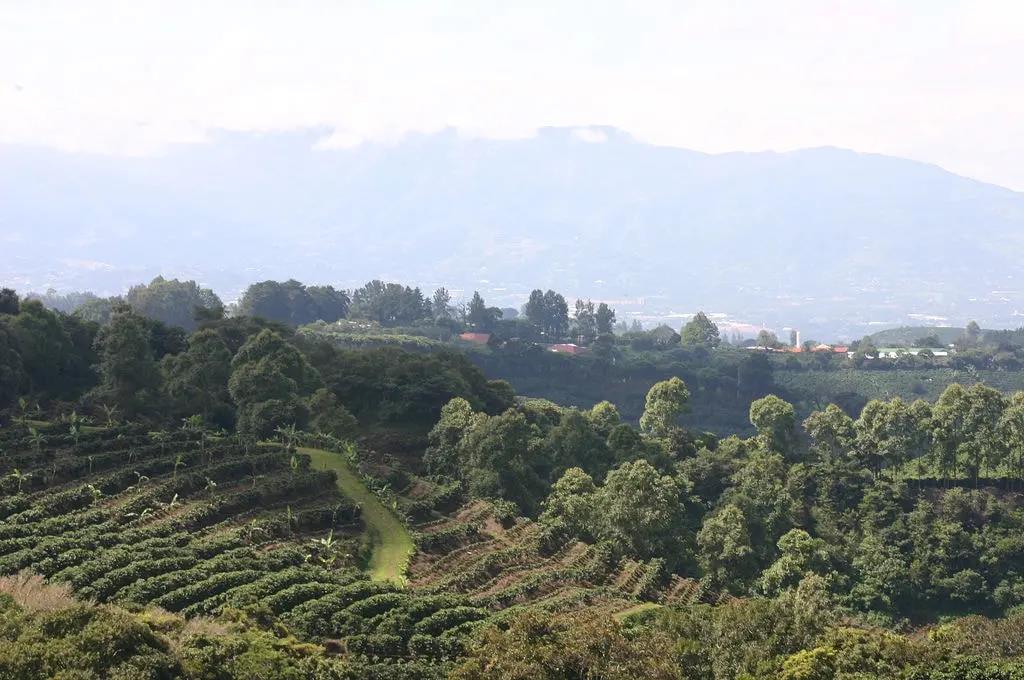
Galapagos Islands
The coffee beans produced on the Galapagos Islands are organic coffee beans, which benefit from the unique ecological environment such as volcanic soil and microclimate. In addition, it does not use any fertilizers and pesticides. It is recognized as a natural green coffee. This naturally grown coffee tastes mild, with a hint of flowers and caramel. It is understood that the Galapagos Islands are about 1000 kilometers away from the mainland of Ecuador and are located at the intersection of the East Pacific Ocean and the three major ocean currents.
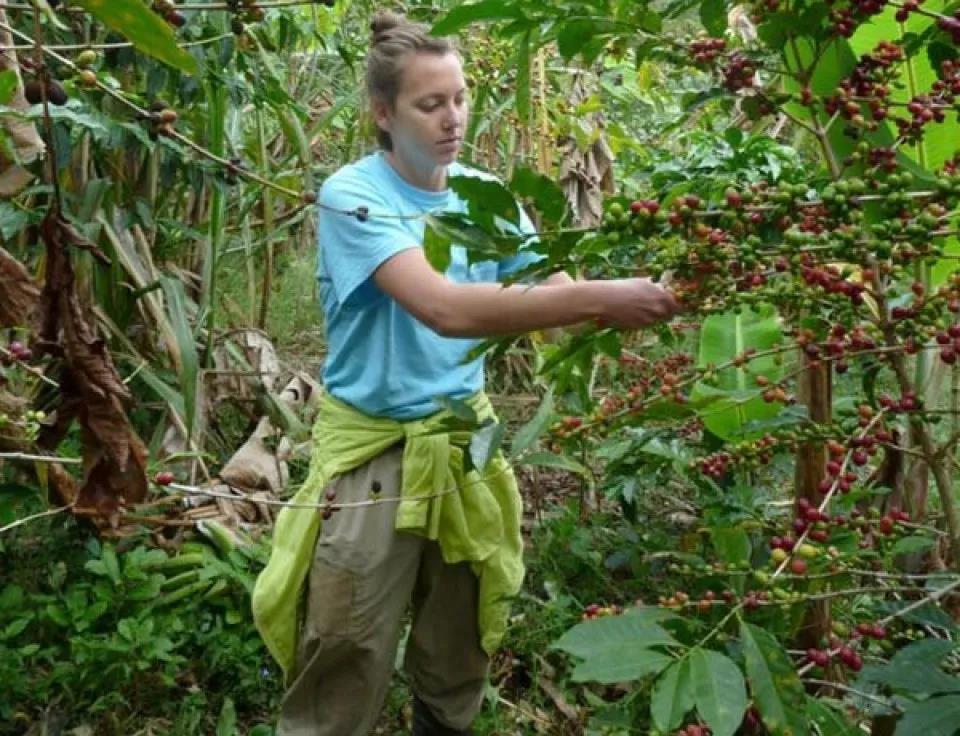
Intag Valley
The western foothills of the Andes south of Guayaquil and the hilly coastal region of Manabi province are known for growing Arabica coffee beans, which have a perfect balance of acidity, sweetness and bitterness.
Pichincha province
Located in the northwest region of Ecuador, it mainly grows Robusta coffee beans.
Ecuadorian coffee flavor
Due to its geographical location, Ecuador's climate varies from region to region, with different temperature and rainfall patterns. Highland areas tend to be mild and cool, with growing production associated with higher northern latitudes, while coastal areas are warm and tropical, with fertile soils. Qianjie believes that coffee beans exhibit rich fruit acids when grown at high altitudes. Ecuadorian coffee is juicy and complex, with some jam flavor, sweet taste, medium acidity and yellow fruit flavor.
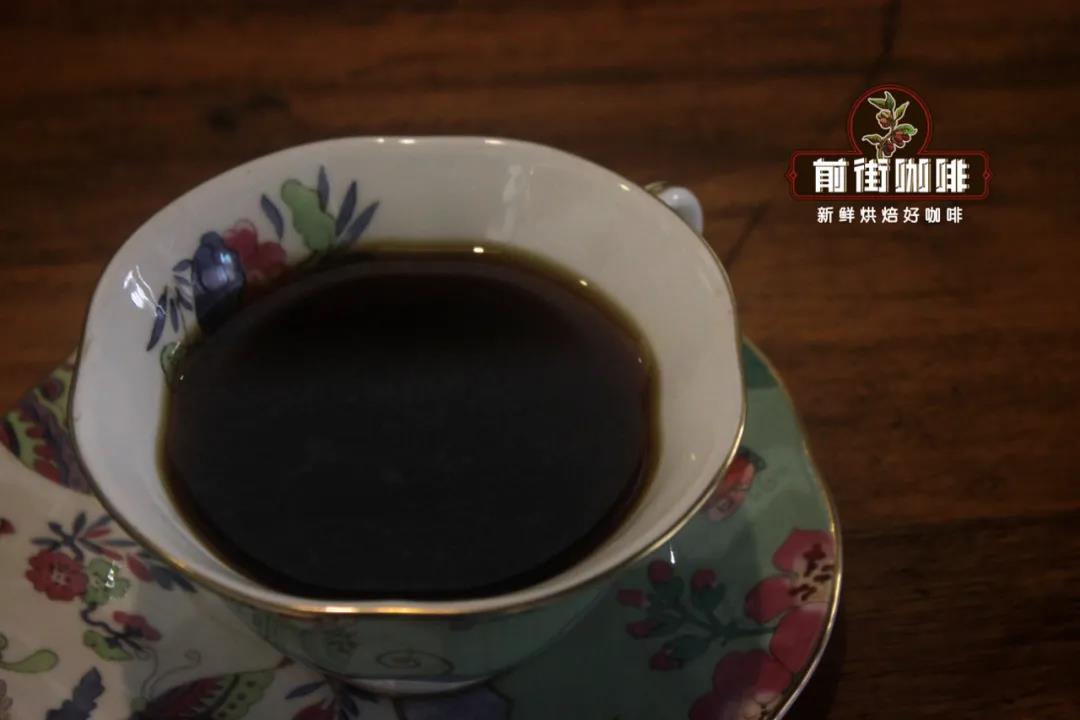
coffee varieties
Ecuadorian coffee beans come in two varieties, Galapagos and Gigante, both of which are characterized by large particles and heavy portions. However, the coffee varieties grown in Ecuador are mainly bourbon varieties.
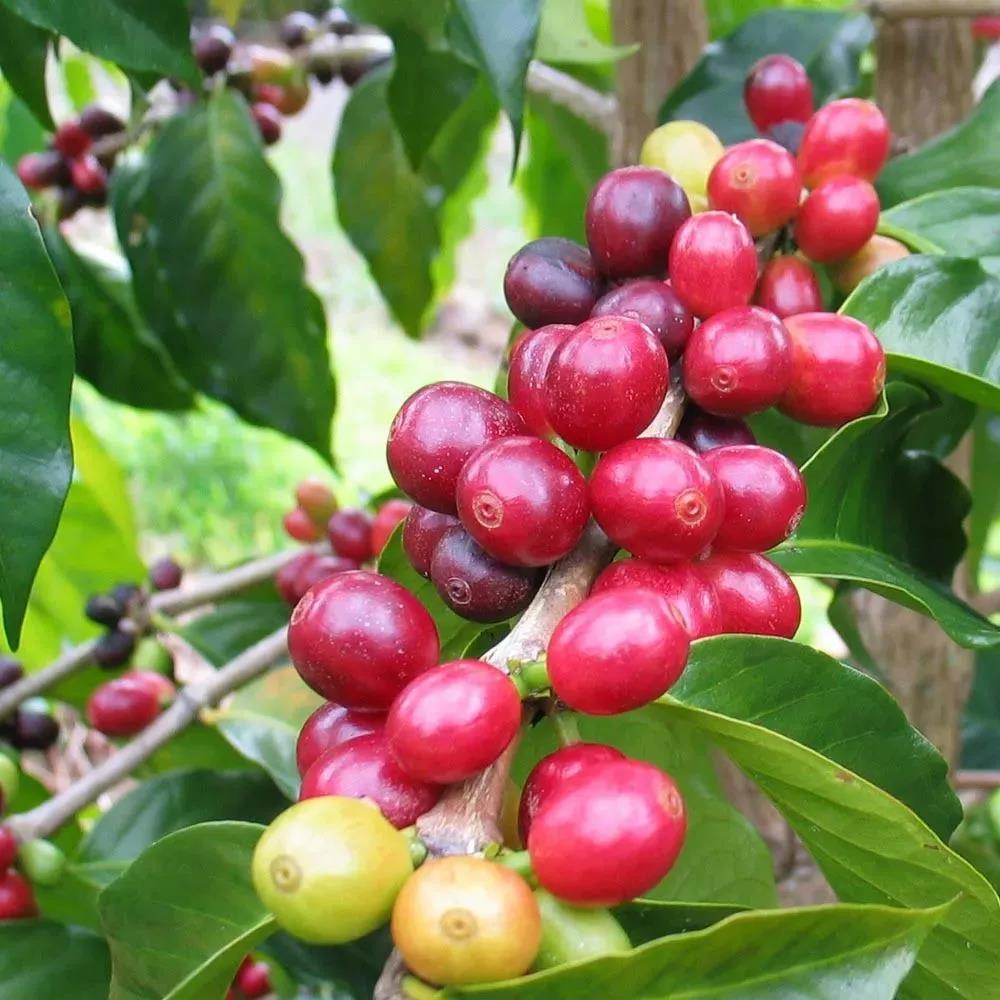
Early (coffee prehistoric) variant of iron pickup transplanted to Yemen, bean-shaped from thin pointed to rounded. In 1715, France transplanted the round beans of Yemen mocha to Bourbon Island on the east coast of Africa (renamed Reunion after the French Revolution) before it was named Bourbon.
Bourbon beans were introduced to Brazil and Central and South America in 1727, and Yemeni mocha was transplanted to St. Helena Island (where Napoleon was later imprisoned) in 1732. Bourbon is the winner of the American Fine Coffee Cup test.
Coffee bean processing
Ecuador's coffee treatment method is dominated by water washing, which produces cleaner coffee.
Bean selection → removing pulp → fermentation → washing → drying → shelling
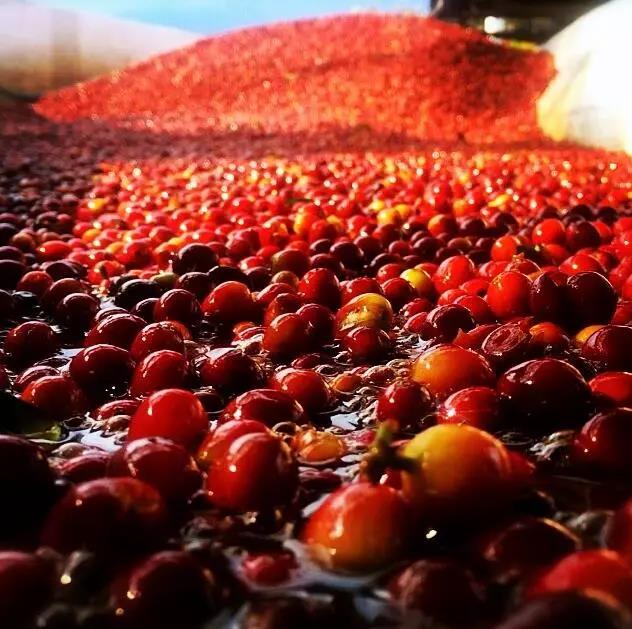
First add a lot of water to the coffee berries, wash off the immature fruits and impurities floating on the water surface, select the beans, and then remove the peel and pulp with a fleshing machine. Then put it into fermentation tank for fermentation for 18~36 hours, so that the fermentation bacteria dissolve the pectin on the surface of coffee berries, clean it with water, dry it for 1~3 weeks and then dry it with machine. Remove the endocarp, shell, seed shell and silver film with shelling machine. The procedure is quite complicated.
Front Street Baking Advice
Front Street Coffee is a medium to light roast coffee beans recommended by Front Street roasters to highlight the sweetness and acidity of coffee beans grown at high altitudes in Ecuador.
Most Ecuadorian coffee beans grow at high altitudes, and the ripening speed of coffee fruit will be slower, so more sugar will be produced, resulting in a more complex sweet taste of coffee beans, which will also lead to a harder texture and a higher density of coffee beans, which are commonly known as hard beans.
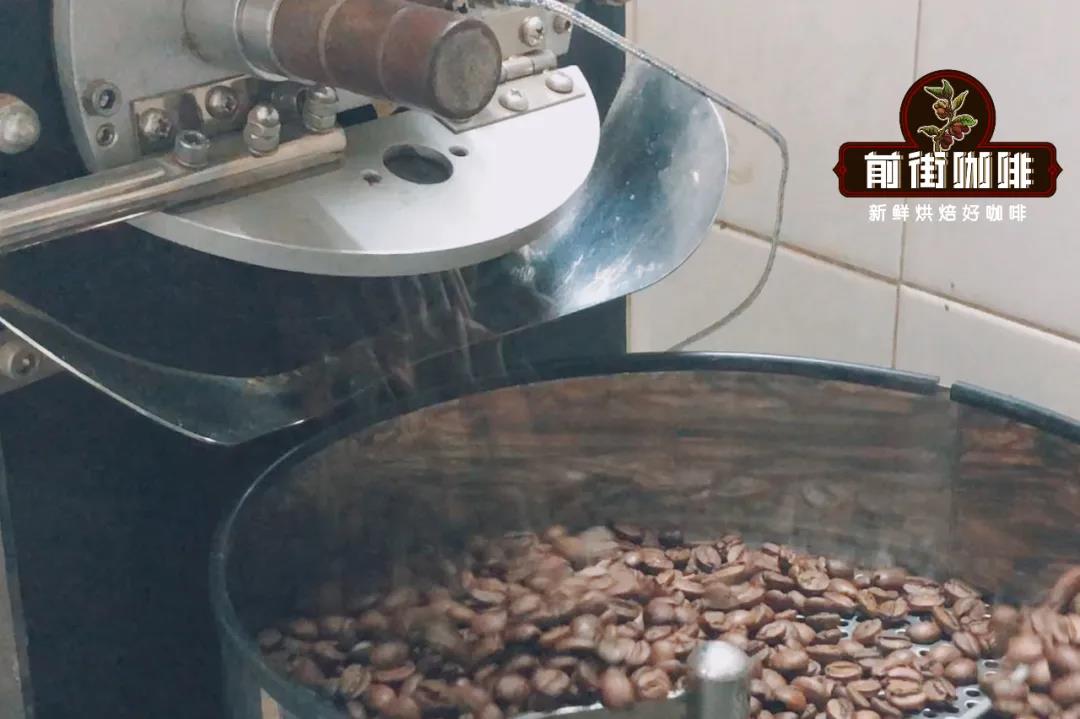
Hard beans have a better ability to absorb heat (respond to heat) than soft beans, so their flavor development is more complete. On the other hand, hard beans have high density and moisture content, which also hinders heat transfer. Therefore, the baker of the front street recommends using relatively large fire power and higher temperature of the next bean when baking.
Front Street Cooking Recommendations
V60 conical filter cups are recommended for use on Front Street. The V60 cup has a large mouth, and its unique spiral curved ribs make it easier for air to escape and improve extraction quality. The taste may not be thick enough, but its high concentration brings out the sourness and obvious aroma is one of its characteristics.
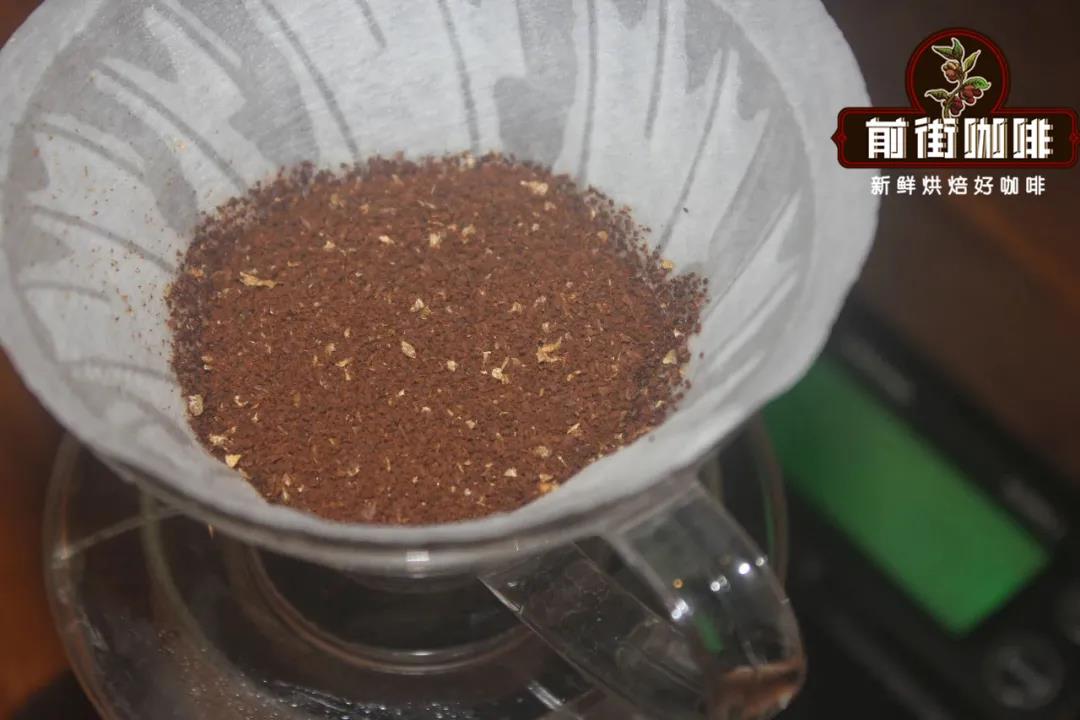
Water temperature: 90-91 degrees
Grinding degree: fine granulated sugar size/No. 20 sieve bowl sieve powder to 80%
Powder water ratio: 1:15
Powder: 15g
Brewing method Qianjie coffee adopts segmented extraction, that is, three-stage water injection, 30g water steams for 30 seconds, the second small water flow circles to 125g water cut off, wait for the water to drop and then slowly inject water, the speed is uniform, the water level should not be too high, re-inject water to 225g stop, extraction time 2 minutes--2 minutes 10 seconds (including steams time).
More fine coffee beans, please add private WeChat Qianjie Coffee, WeChat: kaixinguoguo0925
Important Notice :
前街咖啡 FrontStreet Coffee has moved to new addredd:
FrontStreet Coffee Address: 315,Donghua East Road,GuangZhou
Tel:020 38364473
- Prev
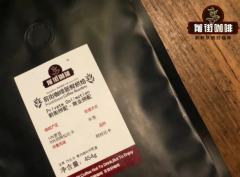
How to mix Italian coffee beans? What are the tips for baking Italian beans?
Whether it's a clean drink or as part of espresso, a good, balanced espresso is the first condition. However, to make espresso with a balance of acidity, body and sweetness, you need to mix beans from different places together starting with the right beans. Although coffee beans from a single producing area are popular in hand-brewed coffee, they usually lack concentrated coffee.
- Next

Flavor and taste performance of hand-made Kilimanjaro coffee grown in Tanzania
Professional coffee knowledge exchange more coffee bean information please follow the coffee workshop (Wechat official account cafe_style) Tanzania coffee with soft acidity and smooth taste has won a lot of coffee lovers who like African coffee but do not like bright sour coffee lovers. Despite its proximity to Kenya, the coffee flavor in Tanzania is softer and more balanced than in Kenya.
Related
- Beginners will see the "Coffee pull flower" guide!
- What is the difference between ice blog purified milk and ordinary milk coffee?
- Why is the Philippines the largest producer of crops in Liberia?
- For coffee extraction, should the fine powder be retained?
- How does extracted espresso fill pressed powder? How much strength does it take to press the powder?
- How to make jasmine cold extract coffee? Is the jasmine + latte good?
- Will this little toy really make the coffee taste better? How does Lily Drip affect coffee extraction?
- Will the action of slapping the filter cup also affect coffee extraction?
- What's the difference between powder-to-water ratio and powder-to-liquid ratio?
- What is the Ethiopian local species? What does it have to do with Heirloom native species?

